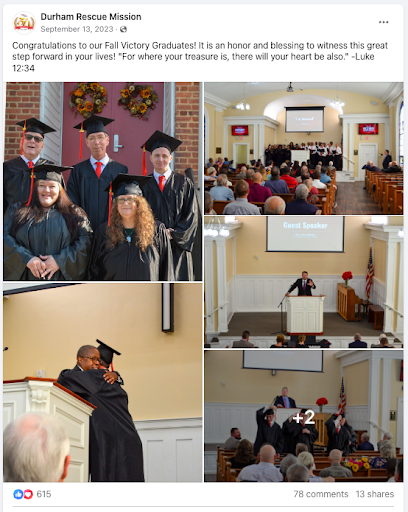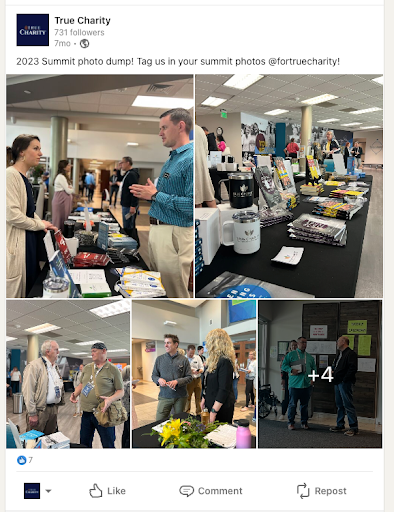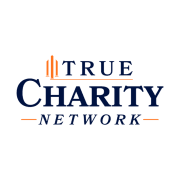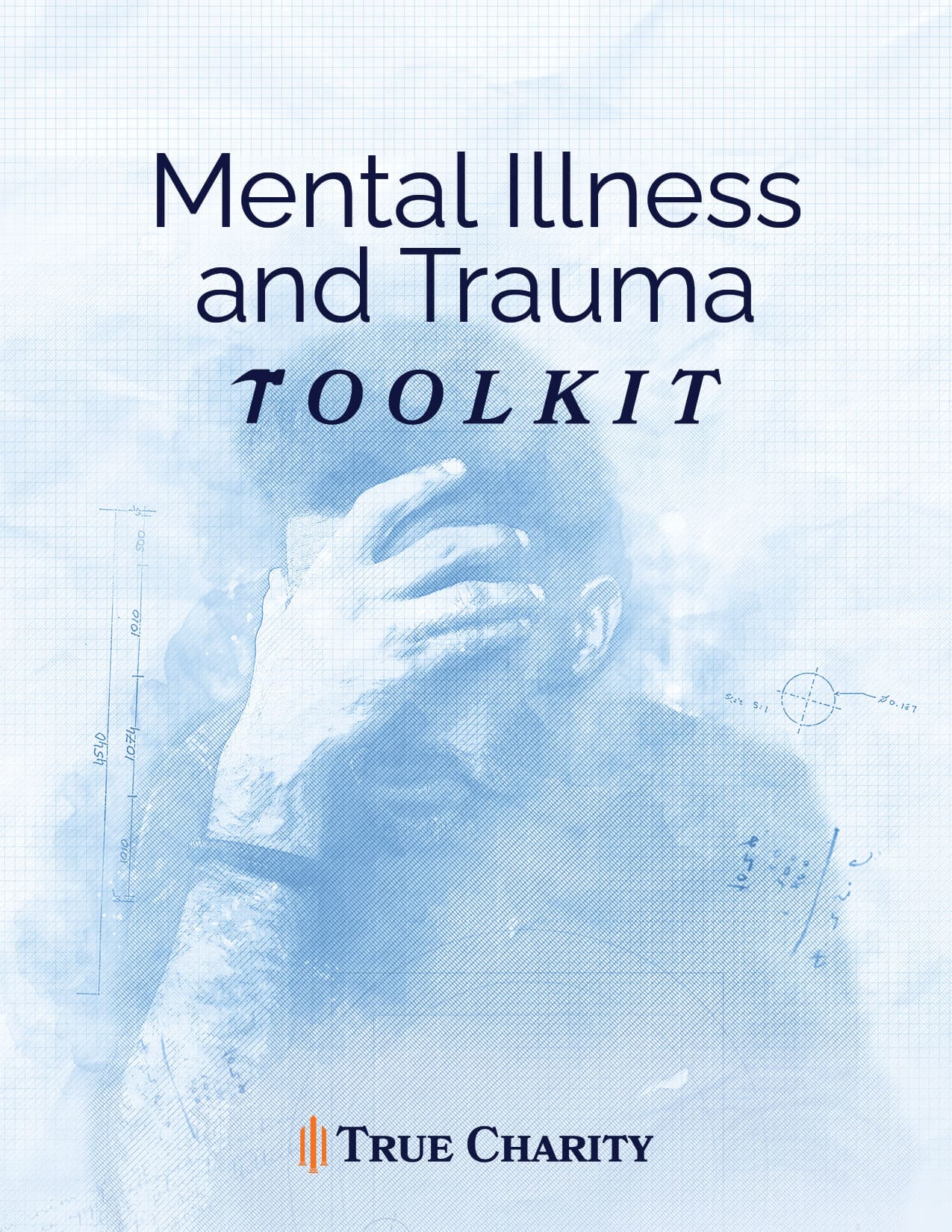
DR. RICK FRANKLIN
Vice President of Arrow Leadership Ministries
Guest Contributor
Listen to this article:
“It was the best of times; it was the worst of times.”
This opening line from Charles Dickens’ A Tale of Two Cities could very well be a riff on many ministry board meetings.
If you serve on or report to a ministry board, then you know firsthand how critically important a well-functioning board is to the success of a ministry. But too often, boards are overlooked, underappreciated, and poorly developed.
Instead of being an engine for oversight, governance, and growth, boards are sometimes viewed as a necessary bureaucratic nuisance at best or a ball-and-chain drag on the ministry at worst. And when things at a board level get messy, they can quickly devolve into conflict either within the board or between the board and the ministry leader.
But there’s a better way. With some simple know-how and intentionality, you can help develop a better board for a better ministry.

Be Choosy!
Better boards begin with the best people. But how can you choose the potential board members who are best for your ministry? Here are six C’s to keep in mind as you invite people to serve on the board.
1. Connection
Does the potential board member have a strong connection with the ministry? Many times, board members are sought either out of convenience or for the specific skills they can bring to the board, such as business acumen, legal advice, or financial knowledge. However, if a board member has little to no connection with the ministry, there is a good chance they will not be actively engaged as a board member.
In fact, an online platform dedicated to resourcing nonprofits recently found the number one issue facing nonprofit boards was under-involved board members. There’s a strong correlation between an engaged board member and being connected to the ministry. But being connected is only the first step. There’s also a need for the second “C”—care.
2. Care
When a potential board member feels truly connected with the ministry, a genuine sense of care develops. Care manifests itself as a commitment to the mission, vision, and calling of the ministry and is evidenced by a sense of enthusiasm, excitement, and support for what the ministry is doing and where the ministry is headed. This, in turn, leads to greater engagement and active participation as a board member.
3. Character
Considering a primary purpose for every board is governance and oversight, especially of financial and legal matters, character plays a key role in choosing the best board members. Not only are integrity, honesty, and trustworthiness critical for any potential board member, but so are the qualities and characteristics Paul enumerates in Philippians 2, such as humility, others-centeredness, and a willingness to sacrificially serve others.
Note too the characteristics Paul exhorts us to avoid, namely selfish ambition and empty pride. If someone is seeking to serve on a board to pad their resume or exert power, those are clear markers of a deficient character that will detract from being the best board. Does the potential board member demonstrate the character you need to create a better board?
4. Competence
Having the right skills and experience not only brings confidence but the expertise necessary to serve with competence on a ministry board. Are there specific skill sets needed on your board that are currently missing? In addition to financial knowledge and familiarity with legal issues, does the potential board member have any fundraising experience or familiarity with HR policies and practices, for example?
No single board member will have every skill needed, but a well-rounded board reflects a broad spectrum of skills, experience, and competencies that will enable the ministry to reach the next level.
5. Courage
Boards make difficult decisions, or at least they should, that are ultimately in the best interest of the ministry. And to do so, a healthy dose of courage is needed. Does the potential board member have the courage to challenge the status quo, initiate change when needed, and do what’s right over time?
Courage is often what separates an average board member from an outstanding board member.
6. Calling
Last, but certainly not least, the best board members have a deep, abiding sense of calling to the ministry. They possess a clear assurance God has called them to be a part of the ministry in this season. A strong calling provides conviction, fuels perseverance, and emboldens commitment.
Want a better board with the best people? Be choosy! Consider how you can incorporate the six C’s in choosing your next board member.

Be Clear!
The best boards know where they’re headed and how they’ll get there. They have clear plans, objectives, goals and metrics. However, many boards stumble and struggle with a lack of clarity in two important areas.
Type of Board
Most ministry boards fall along a spectrum ranging from very passive boards to very active boards. For example, an advisory board is a passive board in that it does not have any authority to provide direction or governance for a ministry. Rather, an advisory board’s role is simply to advise—to help provide outside ideas and perspectives. Similar to an advisory board but with some responsibility for the overall ministry is an oversight board. In this case, an oversight board may exercise oversight of certain areas, such as finances, but does not have ultimate control or responsibility for the ministry.
On the other end of the spectrum, we find an activist or operating board which is actively engaged in the day-to-day leadership and activities of the ministry. An intervening board also exercises active engagement in the ministry, but usually only for a limited time due to a transition of the ministry leader or a crisis in the organization, for example.
And in the middle between the passive and active extremes is a governance board, which holds ultimate responsibility for the ministry, but exercises that responsibility through policies and the ministry leadership.
Each of these different board types has value at different stages in the lifecycle of a ministry. But they can also cause a great deal of frustration and confusion if the wrong type of board is functioning at the wrong stage.
More so, many boards simply have no idea how they should function or what role they should play. Thus, be clear! Better boards know the type of board they need to be for this season, which clarifies expectations of what the board will do and won’t do, as well as what the board will focus on or pass.
Roles and Responsibilities
A second area where confusion can reign on ministry boards revolves around who is supposed to do what. Or, in other words, what are the specific roles and responsibilities of the individual board members and of the board as a whole? Clearly define each board member’s role, especially when onboarding a new board member or assigning committees of the board.
As the old saying goes, if there’s a mist in the pulpit, there’s a fog in the pew. The same is true on ministry boards. When board members are unsure of their role and what they’re supposed to do by when, confusion and a foggy malaise can set in, muddling the ministry.
And don’t forget to clarify the role and responsibilities of the ministry leader, including how the leader and the board will relate to one another.
Better boards have great clarity. They know who they are—what type of board they are—and what they’re supposed to do and not do in providing oversight, governance, and accountability for the ministry.

Be Concise!
Lastly, the best boards are concise. In other words, they place limits on themselves through term limits. While ministries have debated the wisdom of this approach for many years, my own experience has led me to conclude that term limits build better boards. Better boards rotate members to ensure fresh perspectives, new skills, and widening connections in the community while maintaining humility and a sense of selflessness among board members.
Even though it may be admirable when a board member serves for an extended period of time, such as 10, 15, 20 years, or longer, it can lead to unhealthy and unwanted characteristics on the board, such as a sense of entitlement or powerful control centered in one person.
If you don’t have term limits for your board members, be courageous and introduce them! You’ll be glad you did, and you’ll have a better board because of it.
I’m convinced better boards lead to better ministries. But better boards do not happen by accident. Rather, they emerge when the best people serve; when direction, roles, and responsibilities are crystal clear; and when fresh members rotate onto the board in a healthy cycle.
Want a better board? Be choosy! Be clear! And be concise! You and your ministry will be better for it.
Dr. Rick Franklin, Vice President, Arrow Leadership Ministries. Rick’s passion to develop Christian leaders has been cultivated during 35 years of senior leadership experience in a variety of ministry contexts in North America and internationally. He’s helped form boards, served on boards, and consulted for boards of ministries, churches, and nonprofits in the US, Canada, and Europe. For more information about Arrow Leadership, ministry partnerships, like with True Charity, and ways to grow as a leader, please visit www.arrowleadership.org.
FROM THE TRUE CHARITY TEAM: We appreciate the perspective of our knowledgeable guest contributors. However, their opinions are their own, and do not necessarily represent positions of True Charity in all respects.

This article is just the tip of the iceberg for the practical resources available through the True Charity Network. Check out all of the ways the network can help you learn, connect, and influence here.
Already a member? Access your resources in the member portal.
 AVERY WEST
AVERY WEST














 Looking for more tools to help you engage more effectively with those experience mental illness?
Looking for more tools to help you engage more effectively with those experience mental illness? 